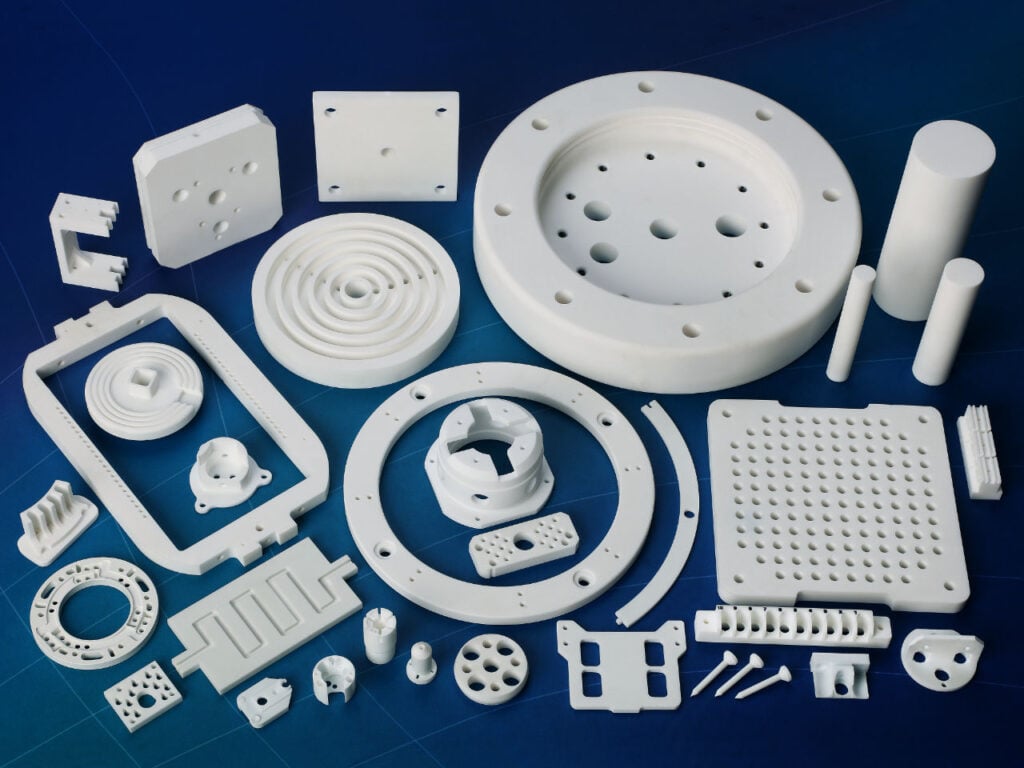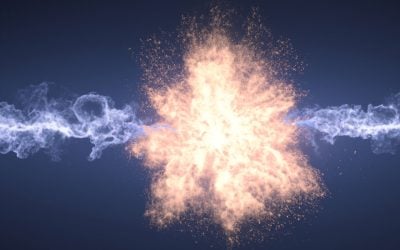Macor machinable glass ceramic is a white, odourless, porcelain-like (in appearance) material composed of approximately 55% fluorophlogopite mica and 45% borosilicate glass.
It has no known toxic effects; however, the dust created in machining can be an irritant. This irritation can be avoided by good housekeeping and appropriate cleaning techniques.
The material contains the following compounds:
| Property | ID | Weight |
|---|---|---|
| Silicon | SiO2 | 46% |
| Magnesium | MgO | 17% |
| Aluminum | Al2O | 16% |
| Potassium | K2O | 10% |
| Boron | B2O | 7% |
| Flourine | F | 4% |
Some of the other related topics to this in our Macor Series are the Macor Brazing Guide and the Components of Macor.
The photograph below shows the microstructure of Macor machinable glass ceramic with 5000x magnification. Randomly oriented mica flakes in the microstructure of Macor glass machinable ceramic are the key to its machinability.

Macor has a high use temperature (800°C continuous to 1,000°C peak). It has a low thermal conductivity and is a useful high temperature insulator as well as an excellent electrical insulator. Macor has no porosity and when properly baked out, will not outgas. It is strong and rigid and, unlike high temperature plastics, will not creep or deform. Macor is also radiation resistant.
Macor is pure white and can be highly polished. It can be thick or thin film metallised, brazed and epoxy bonded. Another major advantage of this unique material is that, even in small quantities, components are economical to manufacture.
Related topics

Macor®
Machinable Glass Ceramic
Macor is a hybrid glass-ceramic with the machinability of a metal, and the performance of an advanced technical ceramic. Macor is an excellent thermal and electrical insulator.

Macor Brazing Guide
Macor is an outstanding engineering material and is machinable with ordinary metalworking tools. In this post we detail the brazing guide for Macor.





